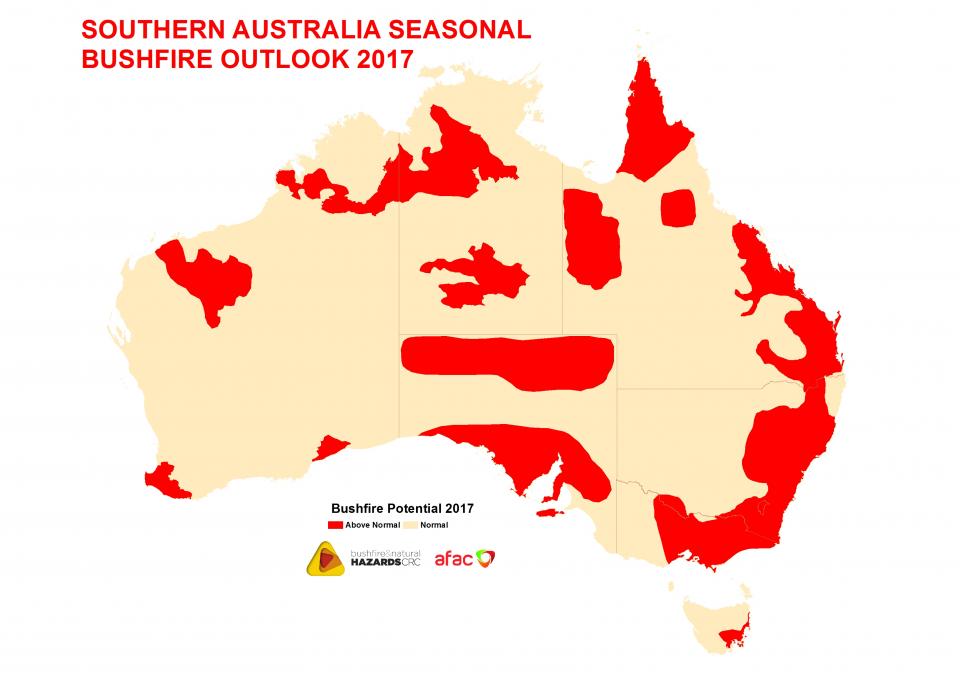Guarding Your Home: The Critical Role of a BAL Report in Bushfire Readiness
Guarding Your Home: The Critical Role of a BAL Report in Bushfire Readiness
Blog Article
Ensuring Bush Fire Defense With Appropriate BAL Report Evaluation
In the world of bush fire protection, the precise evaluation of Bushfire Strike Degree (BAL) reports stands as a keystone for guarding residential properties versus the destructive influence of wildfires. With ecological factors and property attributes playing substantial functions in determining the level of risk, a thorough understanding of BAL rankings comes to be critical.
Comprehending Bushfire Attack Degree (BAL)
In the world of bushfire defense, comprehending the Bushfire Assault Degree (BAL) is critical for guaranteeing reliable mitigation strategies. BAL is a system made use of to determine the prospective risk a building may deal with from a bushfire. It takes into consideration factors such as the sort of greenery, the slope of the land, the Fire Danger Index, and the Fire Extent Index. Recognizing the BAL ranking of a residential property is essential for building proprietors, building contractors, and policymakers to apply suitable procedures to protect against bushfire threats.

Value of BAL Report Analysis
An essential facet in bushfire defense preparation includes the extensive evaluation of BAL records to examine the prospective dangers and figure out ideal reduction strategies. BAL reports provide important details regarding the possible influence of bushfires on a building based upon various factors such as plants kind, distance to possible fire dangers, and slope of the land. Examining these records with precision is critical in establishing efficient bushfire security measures customized to the details danger profile of a building.
Applying Fire Defense Actions
Executing efficient fire defense procedures is important for securing buildings in bushfire-prone locations. This entails clearing combustible greenery, such as dry fallen leaves and branches, within a particular span of the residential or commercial property.
Furthermore, having a well-maintained and appropriate water supply, such as a storage tank or swimming pool, can help firemans in their efforts to protect the property. BAL Report. Overall, executing a combination of these fire security procedures can significantly raise the possibilities of safeguarding residential or commercial properties throughout bushfire events.
Mitigating Risks in Fire-Prone Areas
To strengthen buildings versus bushfire risks, a critical emphasis on mitigating threats in fire-prone locations is necessary. Mitigating risks in fire-prone areas involves an extensive method that incorporates different measures to reduce the likelihood and effect of bushfires. One important element of threat reduction is maintaining defensible area around homes by getting rid of flammable greenery, guaranteeing ample spacing between trees and frameworks, and utilizing fireproof landscaping practices. Furthermore, carrying out ember-proofing steps such as setting up metal mesh displays on home windows and covering roof cavities can aid prevent coal strikes and decrease the threat of area fires.
Moreover, constructing or retrofitting buildings with fireproof materials and guaranteeing appropriate maintenance of roofing systems, rain gutters, and external cladding can considerably enhance the building's strength to bushfires. Exercising a bushfire and creating emergency situation plan with all owners, consisting of discharge treatments and communication approaches, is additionally essential in mitigating dangers properly. By embracing an aggressive approach to risk reduction in fire-prone locations, homeowner can much better shield their assets and improve general bushfire readiness.
Ensuring Home Security and Resilience
Making sure the security and durability of properties in fire-prone areas requires an unwavering dedication read this to durable preventive actions and critical preparation. Building security begins with implementing reliable procedures to decrease fire risks. This consists of maintaining a defensible area around the residential or commercial property by getting rid of combustible vegetation, ensuring correct upkeep of gutters and roof coverings, and using fireproof building products. Normal maintenance of firefighting equipment, such as tubes and lawn sprinkler, is also important to residential or commercial property durability.
Strength, on the other hand, entails the capacity of a property to hold up against and recuperate from a bushfire. By proactively resolving these facets, residential property proprietors can much better safeguard their possessions and enjoyed ones from the hazard of bushfires.
Verdict
Finally, making certain bushfire protection with correct BAL record analysis is important for recognizing the degree of risk presented by bushfires and implementing necessary fire defense procedures. By reducing threats in fire-prone locations and guaranteeing residential or commercial property safety and resilience, areas and individuals can better get ready for and react to bushfire occasions. It is vital to focus on fire safety and security measures to shield lives and home in these risky atmospheres.
In the world of bush fire defense, the thorough evaluation of Bushfire Attack Level (BAL) reports stands as a foundation for securing residential or commercial properties against the destructive effect of wildfires (BAL Report). Recognizing the BAL ranking of a building is crucial for residential or commercial property policymakers, builders, and proprietors to apply proper procedures to secure against bushfire risks

BAL records give vital details about the potential effect you could try these out of bushfires on a property based on various aspects such as plants kind, range to potential fire hazards, and slope of the land (BAL Report). In general, applying a combination of these fire defense steps can dramatically increase pop over here the chances of protecting residential or commercial properties throughout bushfire occasions
Report this page